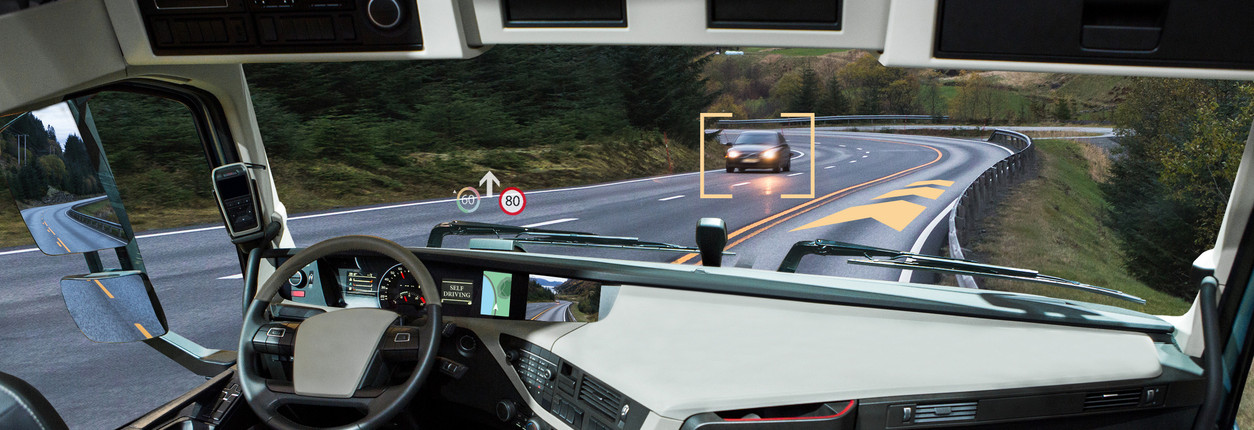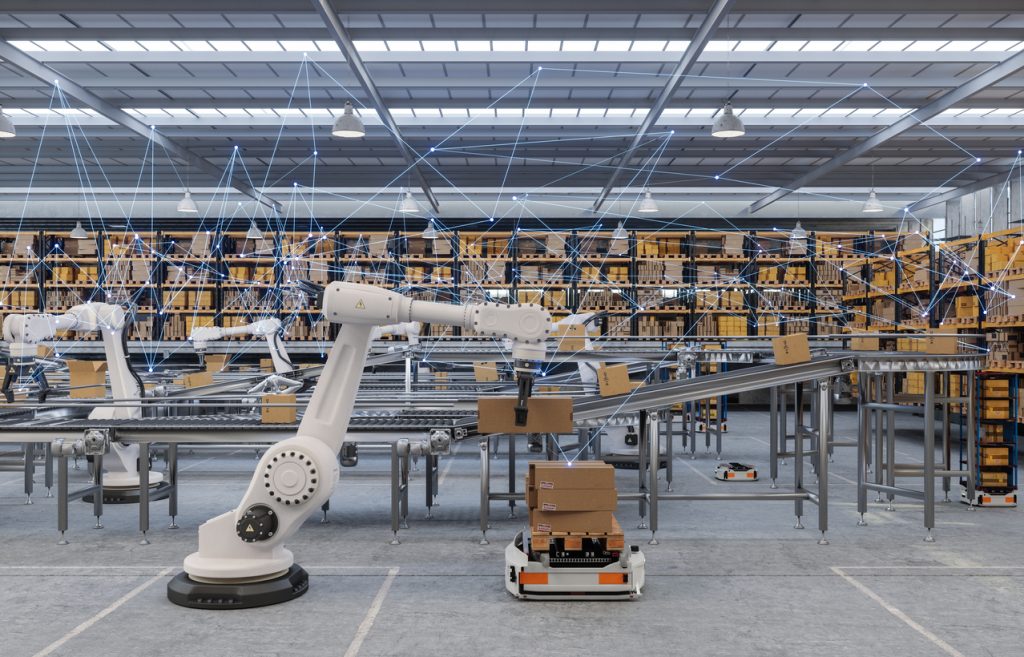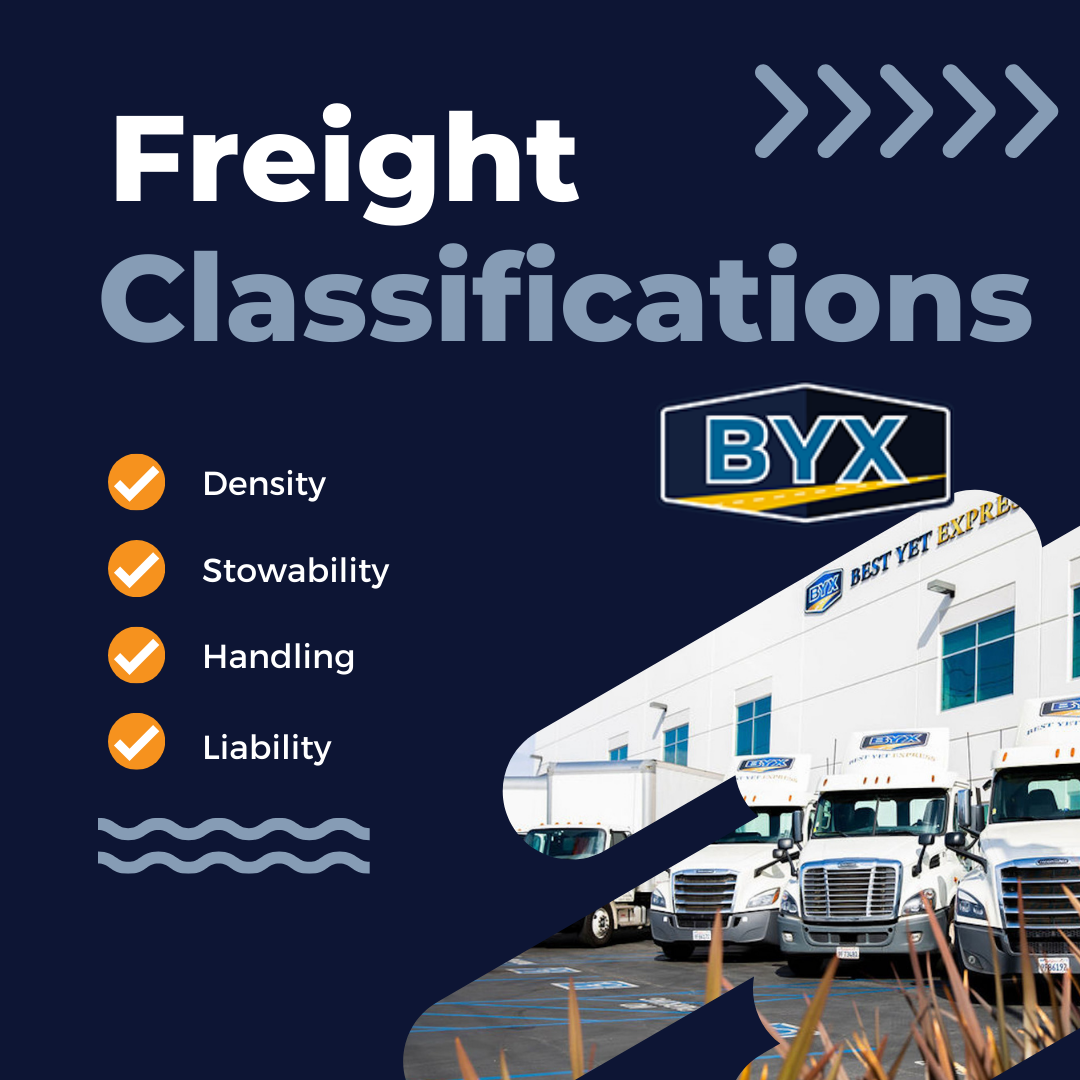AI, short for artificial intelligence, is the buzzword of the year. It’s making waves in every industry, but the implications in the trucking industry are dramatic. Trucking AI is gradually reshaping everything from how we drive to how we use our resources in the office. There’s a learning curve, without a doubt, but thus far, AI appears to be living up to its promise to make our lives (and those of our drivers and customers!) easier than ever.
1. Trucking AI equates to major improvements in efficiency
Right off the bat, AI is helping trucking companies to cut costs by improving efficiency. Tasks that have historically been handled manually can now be done by computer. Consider the tedious process of matching load deliveries with drivers. Manually keeping track of the schedules of each driver is time-consuming. Assigning the wrong driver can lead to overworked employees that are more likely to make mistakes behind the wheel.
AI systems solve this issue by automating the load-matching process. They can analyze multiple factors at a time, recognizing patterns and predicting outcomes much faster than a person can do it. This enables the right load to be assigned to the right driver with ease, avoiding burnout and improving productivity.
Additionally, trucking AI can identify the best possible route to take in real time. If road conditions change, AI notifies drivers instantly of faster, alternative route options. Effectively, this makes it easier for drivers to conduct deliveries on time, improving customer satisfaction and raising profit margins in one fell swoop.
2. New technology is dramatically improving fuel efficiency
Just one commercial truck easily uses $70,000 of fuel each year, or more. Fluctuating fuel costs are even more stressful for trucking companies than commuters. In reality, elevated fuel costs have a deeper effect on daily life than most people realize. When gas prices soar, trucking companies have no choice but to raise prices to stay afloat. This cost elevation transfers over to all businesses that rely on the transportation industry, who pass on the price hikes to consumers.
Trucking AI helps fuel efficiency in more ways than one. Firstly, it can automatically scan trucks to sound the alarm if there are any issues reducing the vehicle’s fuel efficiency. Aging parts can impact efficiency, for example. Optimizing routes can also minimize the amount of fuel wasted while idling in traffic. One 2018 U.C. Berkely report estimated that AI could save the trucking industry $35 billion in fuel efficiency gains, with a total of $168 billion saved by AI overall.
3. AI also helps with accident prevention
Accidents are one of the top issues faced by the transportation industry. Accidents involving massive trailer trucks can easily prove fatal. Unfortunately, they’re not uncommon, and human error is almost always to blame. In addition to the tragic loss of life, accidents are costly to companies, both in reputation and insurance premiums. Arguably the most impressive benefit of trucking AI? Its promise to reduce the number of accidents on the road.
AI uses complex data to strategize. Using its most simplistic applications, AI steers drivers away from accidents and unsafe weather conditions. In the future, the introduction of autonomous vehicles could almost eliminate accidents on the road. Even the best in the world isn’t immune to fatigue and distraction. Even with the Federal Motor Carrier Safety Administration’s revised HOS, drivers still sometimes spend 11 hours straight on the road. Long hours behind the wheel impact concentration, elevating accident risk with every passing minute.
Initial updates to trucking tech include automatic braking, speed control, and lane-keep assist features to lower the chance of collisions. In the future, self-driving trucks could replace driver-operated vehicles. As eerie as that sounds, the virtually instant reaction time and limitless focus of autonomous trucks are likely to become literal lifesavers.
4. Predictive maintenance is saving companies money
Keeping track of maintenance for a family sedan is a pain. Maintaining an entire fleet of trucks is on a different scale of difficulty. It’s time-consuming, especially when sudden breakdowns puts a kink in your week’s dispatch schedule. Trucking AI offers predictive maintenance that will reduce the number of unexpected mechanical issues through proactive repairs– All with minimal human labor.
This prevents breakdowns on the road and improves the lifespan of each truck. It also helps lower maintenance costs in the long run by avoiding more expensive repairs and workflow disruptions down the line.
5. Trucking AI extends beyond the driver’s seat
Shiny, self-driving vehicles are attention-grabbing, but AI also helps the industry back at the office. Invoicing, payment processing, scheduling, and many other manual tasks will soon be done by AI. Even warehousing may one day require fewer human hands on deck. Less paperwork equates to more time for trucking companies to focus on growth and customer satisfaction.
There are risks of trucking AI, but the benefits far outweigh them
The possibility of data breaches is worrisome. Measures like cloud computing and blockchain, however, can minimize the risk of data falling into the wrong hands. The most obvious concern in regard to AI is the potential for self-driving vehicles to malfunction. This is an understandable, and real, worry, but autonomous trucks aren’t going to be driving down your block any time soon.
For now, most AI applications will be more subtle. Self-driving cars will likely still require a driver to be present initially, or one driver-operated vehicle will lead a fleet of autonomous trucks. They will be restricted to driving in certain lanes and avoiding city roads until the technology is better at adapting to unexpected changes, like roadwork.
As far as jobs are concerned, truck drivers are still indispensable. Even in the future, drivers need not fear for their job security. Retraining programs will most likely be offered by companies and the federal government, giving drivers new positions in the industry they know best.
For our part, we see it as a promising way to help serve our customers, and we look forward to exploring it further.










